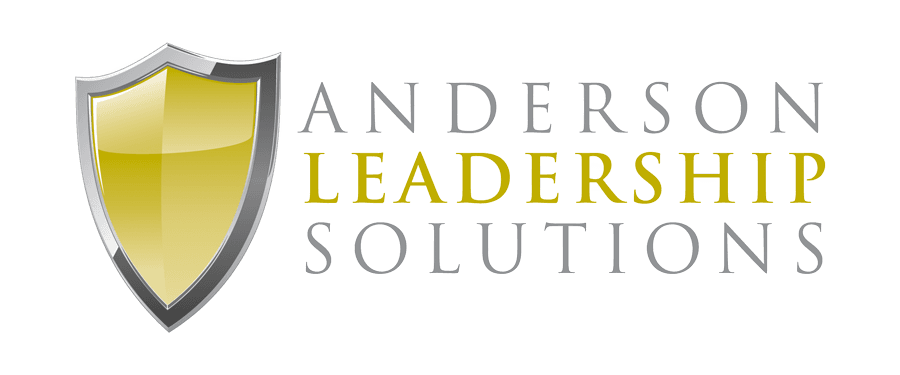New Leaders On New Teams: Step 2
Who’s in charge? I’m not. Not as a new leader stepping in to lead a new team. I must move my ego aside and realize that if I want to make things happen on my team. I must rely on influence leaders to drive for awhile.
This is the third in a series of six blogs intended to help new leaders who are about to lead new teams. I gave an overview two weeks ago of 5 Key Steps and began breaking down each step last week. The 5 Key Steps for New Leaders on New Teams are:
- Communicate With The Previous Leader
- Meet Face to Face With The Influence Leaders
- Bring The Team Together Physically
- Build Trust With The Team
- Bring The Team Together Culturally
Step 2: Meet Face To Face With The Influence Leaders
Who are the influence leaders?
Influence leaders are the people who others look to when they want reassurance that the new boss is making a good decision. They are not always the second in command. But, they are always the people the team will follow before they follow me.
This comes from John Maxwell’s The 21 Irrefutable Laws of Leadership: The Law of E. F. Hutton, “When E. F. Hutton speaks, people listen.” This law taught me that I am delusional if in the beginning, I think I have the most influence on the team. Another person or persons are the leaders of the team.
I must find those people and get their buy-in. Trust me, my teams got off the ground quicker when I prioritized meeting with these influence leaders first.
How do I know who they are if I am new to the team?
One person I ask is the previous leader. I always take their advice with a grain of salt because of the bias issues I discussed in Step 1.
While I also take into account tenure and position, many times those are not great predictors. The best way I found is to ask the team to email me the names of who they think their peer leaders are.
The Meeting
I meet these people for a casual meal. There is something that happens when I break bread with another person. My relationship with them goes deeper, more quickly.
I listen more than I talk. I spend a lot of time asking questions about the culture of the team. I want to know what type of team they want to be part of, and what have they seen work on other teams.
To help this process, I ask these specific questions:
- What would you like to start happening on this team?
- What would you like to see stop?
- What would you like to see continue?
Only after they are done telling me about their vision for the team do I share with what type of team I wish us to become. I share my professional and personal story and the values I hold dearest with them as well.
I ask for their help. Very quickly, I want them to know that I know that they are the leaders of the team. Without them, I know the team will not get off to a fast start.
I tell them it is their team and if we are to succeed, I need their help. I have yet to see real influence leaders back down from leading at this request. At this point, most people jump in and begin to share their ideas on how we can proceed as a team.
I always feel a jolt of energy enter the room at this point. When I feel that jolt, I know I have the buy-in of my most important team members.
The next logical step is to ask them to lead a portion of our first team meeting. The first meeting with the entire team is a critical step for the team and is the subject of Step 3 of this series. By empowering my leaders to lead on Day One, I find I earn their trust, their respect and their loyalty.
The Bottom Line:
There are already leaders within the team whose influence I must tap into. Just like it is critical for a head football coach to have the buy-in of his quarterback, it is equally important for me to have the buy-in of my influence leaders. If I get this early, I know my new team will be off to a great start.
Question:
What critical piece of information should a new leader try to obtain from their influence leaders?

